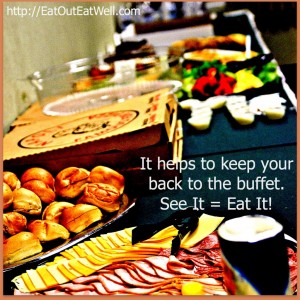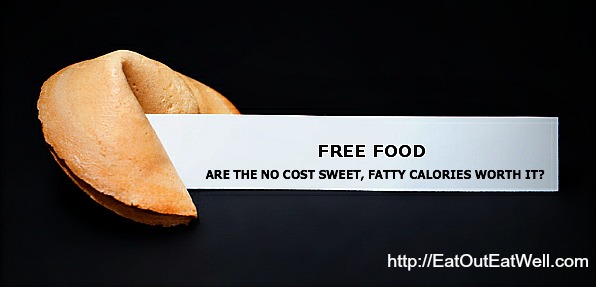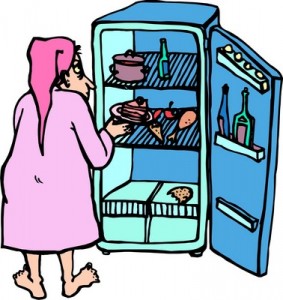 Whether it’s a fancy catered affair or pizza, wings, and cold cuts laid out on the kitchen and coffee tables on game day, why give yourself extra opportunities to shovel chips and dip or salami and cheese into your mouth all night long? You’re human, so stay out of hand-to-mouth range – and don’t stare at the delicious stuff, either. You’re far less likely to mindlessly eat if you have to leave a conversation and walk across the room to get to the food.
Whether it’s a fancy catered affair or pizza, wings, and cold cuts laid out on the kitchen and coffee tables on game day, why give yourself extra opportunities to shovel chips and dip or salami and cheese into your mouth all night long? You’re human, so stay out of hand-to-mouth range – and don’t stare at the delicious stuff, either. You’re far less likely to mindlessly eat if you have to leave a conversation and walk across the room to get to the food.
Keeping your back to the table is one of the easiest strategies to use. We often eat with out eyes – if we see something delicious, we want to eat it. So, don’t look at it. Keep your back to the tempting food as you’re having conversations or watching the game.
Hors d’oeuvres can really sucker punch you, too. They’re small, but the calories really add up. Make up your mind how many you’ll eat ahead of time or you’ll have shoved down a thousand calories before you know it. Pick the ones you love and avoid the ones you don’t. Why sacrifice your calories for something you don’t love? Try to keep a mental count because when you’re talking and drinking it’s far too easy to grab from each passing tray.
This article is part of the 30 day series of blog posts called: 30 Easy Tips for Looser Pants and Excellent Energy.



